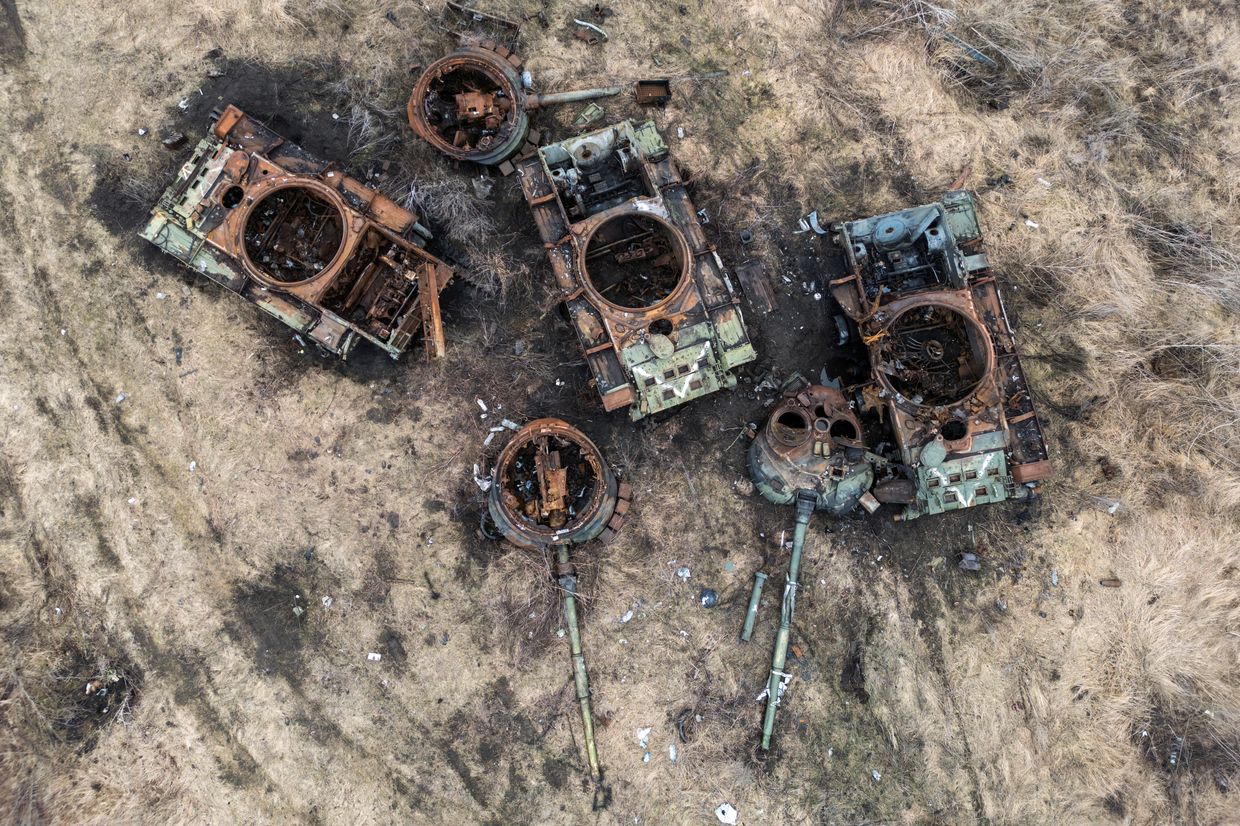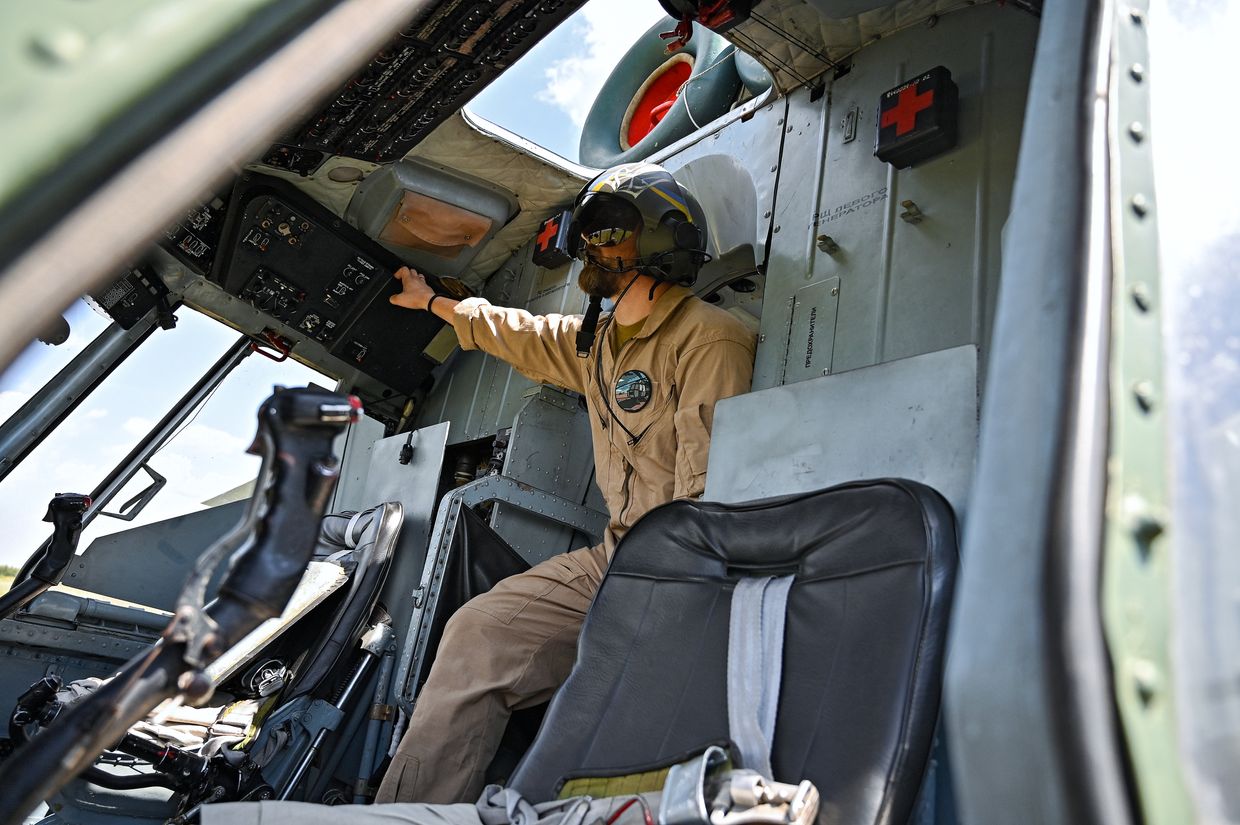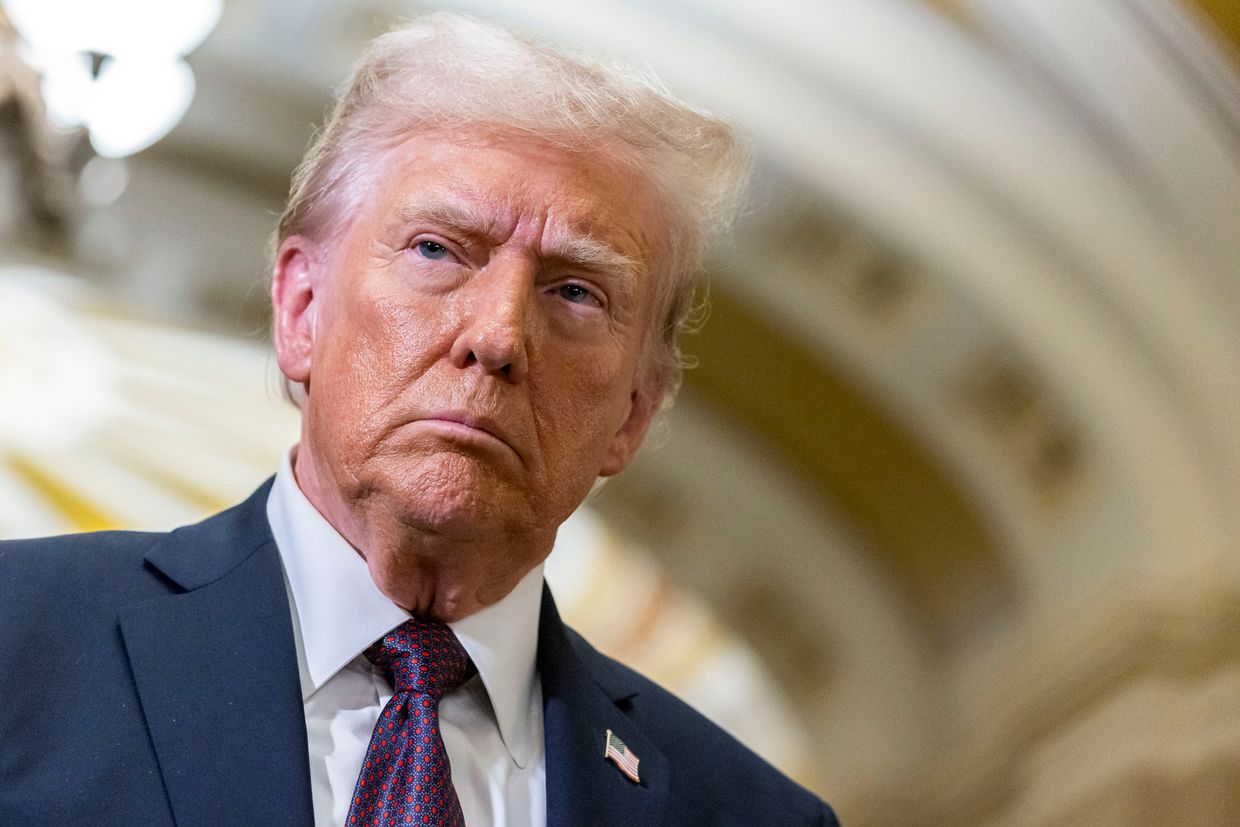Key developments for January 17th:
President Putin and Pezeshkian sign Russia-Iran Strategic Partnership Agreement in Moscow Ukraine attacks Russian S-400 radar equipment in Belgorod Oblast, military claims Biden administration secretly funds Ukraine’s drone industry NYT report US assures Putin it won’t have nuclear weapons in Ukraine, Biden says there’s no evidence Australian jets attacked Russia’s execution, prosecutors tell media
Russian President Vladimir Putin and Iranian President Masoud Pezeshkian signed a strategic partnership agreement in Moscow on January 17, Russian state news agency TASS reported.
Moscow and Tehran have had a long relationship, but cooperation only strengthened after Russia’s all-out war against Ukraine began in 2022.
Iran has provided Russia with thousands of Shahed drones and short-range ballistic missiles used in attacks on Ukrainian cities.
The document was signed in an official ceremony in the Kremlin and established Moscow and Tehran as strategic partners. The agreement covers a variety of areas, including energy, finance, transport, agriculture, culture, science, technology, and counter-terrorism.
Russia and Iran also agreed to strengthen cooperation in the security and defense fields. According to the agreement, if one party is invaded, the other party is not to provide any support to the aggressor.
Moscow and Tehran will also deepen cooperation between special services of the two countries and provide mutual support in case of natural or man-made disasters.
The strategic agreement between Russia and Iran will be concluded for 20 years, with an automatic extension for another five years.
With Iranian support, Russia has begun producing an improved version of its own Shahid drone called Gueran-2.
Iran and Russia are also at the forefront of confronting what they see as a Western-led world order. Specifically, Iran sponsors extremist groups in the Middle East that attack Western allies.
Last June, President Putin signed a similar partnership agreement with North Korea, under which both sides agreed to provide mutual military support in the event of an armed attack.
A few months after the deal was signed, North Korea sent up to 12,000 troops to prevent a Ukrainian military invasion of Kursk Oblast.
Putin faces ‘catastrophic’ demographic time bomb as Russia’s losses in Ukraine mount
Russia’s losses in Ukraine are fueling a demographic time bomb that could halve the country’s population by the end of the century, experts told the Kyiv Independent. “The impact on Russian society will be devastating,” said Harley Balzer, professor emeritus of government and international studies.

Ukraine’s military claims attack on Russian S-400 radar equipment in Belgorod Oblast
On January 17, the General Staff of the Ukrainian Armed Forces reported that the Ukrainian military attacked the radar equipment of an advanced air defense system, the S-400, in Russia’s Belgorod Oblast.
According to the military, on January 16, the positions of the anti-aircraft missile division of the Russian 568th Regiment were hit by “long-range artillery fire.”
“The deactivation of the 92H6 radar station of the S-400 anti-aircraft missile system was recorded, indicating a successful hit on the target,” the statement said.
Ukrainian forces also attacked the positions of a radar company of the Radio Engineering Battalion of the 336th Russian Regiment in Belgorod Oblast.
The military said damage to vehicles and equipment was recorded.
The Russian government has not yet commented on the statement. Kyiv Independent was unable to verify these claims.
Belgorod Oblast is located on the border with Ukraine and is regularly targeted by cross-border drone attacks.
The General Staff claimed that Ukraine also attacked the Riskinskaya oil depot in Russia’s Voronezh Oblast with a drone on the night of January 16th. Also, on the same night, a drone attack reportedly targeted a Russian gunpowder factory in Kuzmino Gat village, Tambov region.
“An absurd phenomenon” — personnel problems threaten to weaken the Ukrainian Air Force
With a critical shortage of front-line personnel, where Russia continues to push forward with its vast manpower advantage, Ukraine is scrambling specialists into its infantry units to make up for losses. There is. It has been widely criticized by soldiers and experts as a “wasteful” use of special technology.

Biden administration secretly funds Ukraine’s drone industry, NYT reports
US President Joe Biden’s administration has declassified previously undisclosed efforts to support Ukraine’s drone industry, including $1.5 billion in funds transferred in September 2024, The New York Times reported in January. This was reported on the 17th, citing anonymous sources.
Ukrainian drones are used for reconnaissance, combat and other missions, demonstrating their versatility and impact in countering Russian forces.
U.S. intelligence officers reportedly helped improve Ukraine’s unmanned capabilities and helped design a new generation of drones aimed at revolutionizing modern warfare.
While much of the U.S. aid to Ukraine has been made public, including missiles, air defense systems, tanks, and training, assistance in the area of drones remains largely secret.
Declassified data reveals that the US has allocated funds for drone production and facilitated partnerships between US tech companies and Ukrainian drone manufacturers.
These efforts intensified during preparations for a 2023 Ukraine counterattack, but Ukraine has struggled to achieve significant territorial gains, reportedly due to Russia’s extensive use of drones. Ta. In response, the United States accelerated aid to Ukraine’s drone sector.
Officials reportedly believe the investment has made Ukraine’s drones more effective and deadly. Ukraine’s maritime drones, which are said to have destroyed 25% of Russia’s Black Sea Fleet, and front-line air drones are slowing Russia’s advance in eastern Ukraine.
Defense Minister Rustem Umerov said in December that Ukraine had delivered more than 200,000 domestically produced drones to front-line forces by the end of 2024.
Biden: “The United States assured President Putin that it would not deploy nuclear weapons to Ukraine.”
Outgoing President Joe Biden said in an interview with MSNBC on January 17 that the United States had assured Russian President Vladimir Putin that it would not deploy nuclear weapons to Ukraine.
“Tactical nuclear weapons in Europe are terrorizing everyone, including the Russians,” he said.
Biden recounted a conversation with Putin in which the Russian leader emphasized his demands to keep nuclear weapons out of Ukraine and to prevent Ukraine from joining NATO.
“I said, ‘(Nuclear weapons) don’t matter. We’ve already taken them out. There’s nothing there. We’re not going to put them back,'” Biden responded, but questioned when nuclear weapons would be used. was not disclosed. A conversation was occurring.
The president also criticized Putin’s ambitions, saying, “All he wants is to re-establish the Warsaw Pact. We can’t allow that to happen. This man is not a good man.”
These discussions reflect long-standing tensions over Ukraine’s security, which were at the heart of the 1994 Budapest Memorandum. Under the agreement, Ukraine gave up the world’s third-largest nuclear arsenal in exchange for guarantees from the United States, Britain and Russia that they would not use force or economic coercion against Ukraine.
Despite these commitments, Russia has launched a war against Ukraine and repeatedly made nuclear threats against Ukraine and its allies.
In November, President Putin approved updated nuclear principles that allow the Russian government to use nuclear weapons against non-nuclear states. Russia then launched an intermediate-range ballistic missile “Oleshnik” designed for nuclear weapons.
A November poll by Russia’s independent Levada Center found that 39% of Russians believe the use of nuclear weapons could be justified in the ongoing war against Ukraine, reflecting the impact the Kremlin’s rhetoric has had domestically. It became clear that he thought it was sexual.
How can President Trump use sanctions in negotiations with Russia?
President Joe Biden has imposed a number of new major sanctions against Russia’s financial system and energy sector as he prepares to leave the White House. As Russia prepares to invade Ukraine in February 2022, the United States initially threatened Russia with the “mother of all sanctions.”

No evidence Australian fighter was executed by Russia, prosecutors say
Australian volunteer Oscar Jenkins was held as a prisoner of war (POW) and his death has not been confirmed, Ukrainian investigative news agency Slidstvo.Info reported on January 17, citing the Attorney General’s Office.
The news comes after reports that the body of 32-year-old Melbourne teacher Jenkins, whose arrest was reported in December, has been found. It was believed that he was executed by Russian prisoners of war.
Some media outlets and Telegram channels published videos purporting to show bodies of soldiers and claimed that Jenkins was among them.
Slidstvo.Info confirmed that the footage was published on an Iranian website four years ago. The description says it was filmed in Nagorno-Karabakh, and the original video was written in Armenian, not Russian.
Jenkins is assigned to the 402nd Independent Rifle Battalion, part of Ukraine’s 66th Independent Mechanized Brigade, the newspaper reported. He went missing on December 16, 2024, during a combat mission near the village of Mykolavka in Luhansk region, the Ukrainian Ground Forces Command told Slidstvo.Info.
The military announced that “there was no removal of (Oscar Jenkins’) body.”
Kyiv Independent contacted the Australian embassy in Kyiv and Ukrainian authorities but had not received a response at the time of publication.
Although the Geneva Conventions require all belligerents to treat prisoners of war with respect and dignity, the execution of prisoners of war is considered a serious violation of international law and a war crime. Russia has been repeatedly accused of summary executions of Ukrainian prisoners throughout the war.
Moscow calls foreign volunteers “mercenaries” and says they are not entitled to protection under the Geneva Conventions.
Australian Prime Minister Anthony Albanese has vowed to take the “strongest possible action” if reports are confirmed that Russian forces have executed an Australian citizen captured while fighting for Ukraine. did.
The Australian Department of Foreign Affairs also summoned the Russian ambassador on January 15, demanding information and emphasizing compliance with international law.



